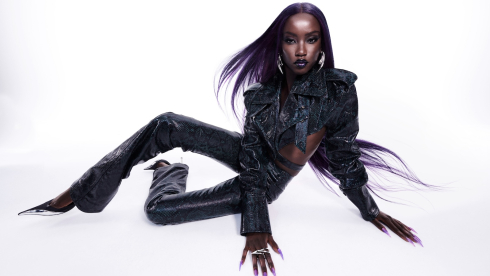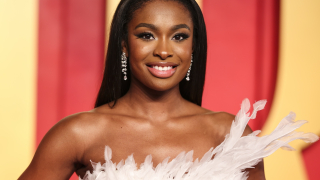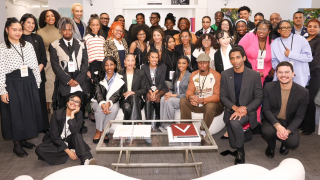As of late, Drake has been moving at a Jay Z-esque calculating pace. Back in July, thanks to Meek Mill sloppily barking at the Toronto spitter (through Twitter) for allegedly using a ghostwriter, Drake invited him to go a few rounds on the mic—“Charged Up” and “Back to Back.” However, it’s almost January (Drake pun intended), and outside of the amusing yet disappointing “Wanna Know,” Meek has been fairly quiet on the response tip. And just recently, the 6 God opened a restaurant called Fring’s last week in Toronto.
With Drake making clever, meditative moves like a seasoned chess player, it shouldn’t come as a surprise that Drizzy linked with Future—the hottest spitter in the streets for the past year—for their surprise mixtape, What a Time to Be Alive.
Now, Drake is a much bigger star than Future Hendrix. Yet is seems as if this project will benefit Drizzy more than Future. For one, the album satisfies a Cash Money Records requirement. For another, while Drake’s commercial appeal is unprecedented, he scores some much-needed street cred with this project.
Future’s prolific momentum over the past year—including Beast Mode, Monster, 56 Nights, and his highly confident, hit-laden DS 2—has garnered the Atlanta native a spot among the today’s hip-hop elite. Not that Drake needs a co-sign; If Your Reading This It’s Too Late moved a million units. But fans are still waiting on Views from the 6ix to drop. Drake teaming with Future on What a Time to Be Alive is a clever way for Drizzy to blanket himself in a mass of velocity, while cranking out his long-anticipated project in his own time.
But at this moment, the streets and the hip-hop nation have been indulged with What a Time to Be Alive, a project drenched in steely and contagious bravado, mature and introspective insults (at Meek Mill and Diddy), and codeine and Xanax-influenced rhymes about shaking off demons and trust issues (via Future).
Although Drake and Hendrix come from vastly different backgrounds, the spoils of living the rap life make their issues with woman and opponents similar. Throughout WATTBA, Aubrey raps about bagging an array of women, but he characteristically admits that he always manages to lose few good ones, and gets his feelings hurt in the process. Next to Drake’s pretty/lover boy appeal is Future’s street tough boy swag, with a heart that’s on freezer. The Freebandz head honco drops bars about numbness for women and the people who’ve “abandoned” him.
The hypnotic “Diamonds Dancing,” the trap-inspired “Digital Dash,” and the slowed 808-laced “Scholarships” serve as perfect examples of Drizzy and Future going HAM about their problems with the opposite sex, in addition to getting at their respective enemies. Drake scores another point for his familiar stripper thirsty track “Plastic Bag,” where he reminds an exotic dancer that she deserves every dollar made from pole climbing.
What a Time to Be Alive is special because it’s an organic project packed with a week’s worth of studio sessions as opposed to email sessions. The magnetic production of Metro Boomin (who handles a bulk of the production) meshed with braggadocio is highly addictive. While the first half of the project sounds like Drake is a guest on Future’s project, Aubrey’s solo effort (“30 for 30”) is the last song fans hear. It seems like a clever chess move, and a statement telling his hip-hop contemporaries to stay out of his lane.
Checkmate.
Darryl Robertson is a senior at St. John’s University. He’s passionate about hip-hop and Black history, and he’s a voracious reader. After getting his Ph.D. in African-American History, Robertson plans to become one of the leading voices on issues concerning our community.













